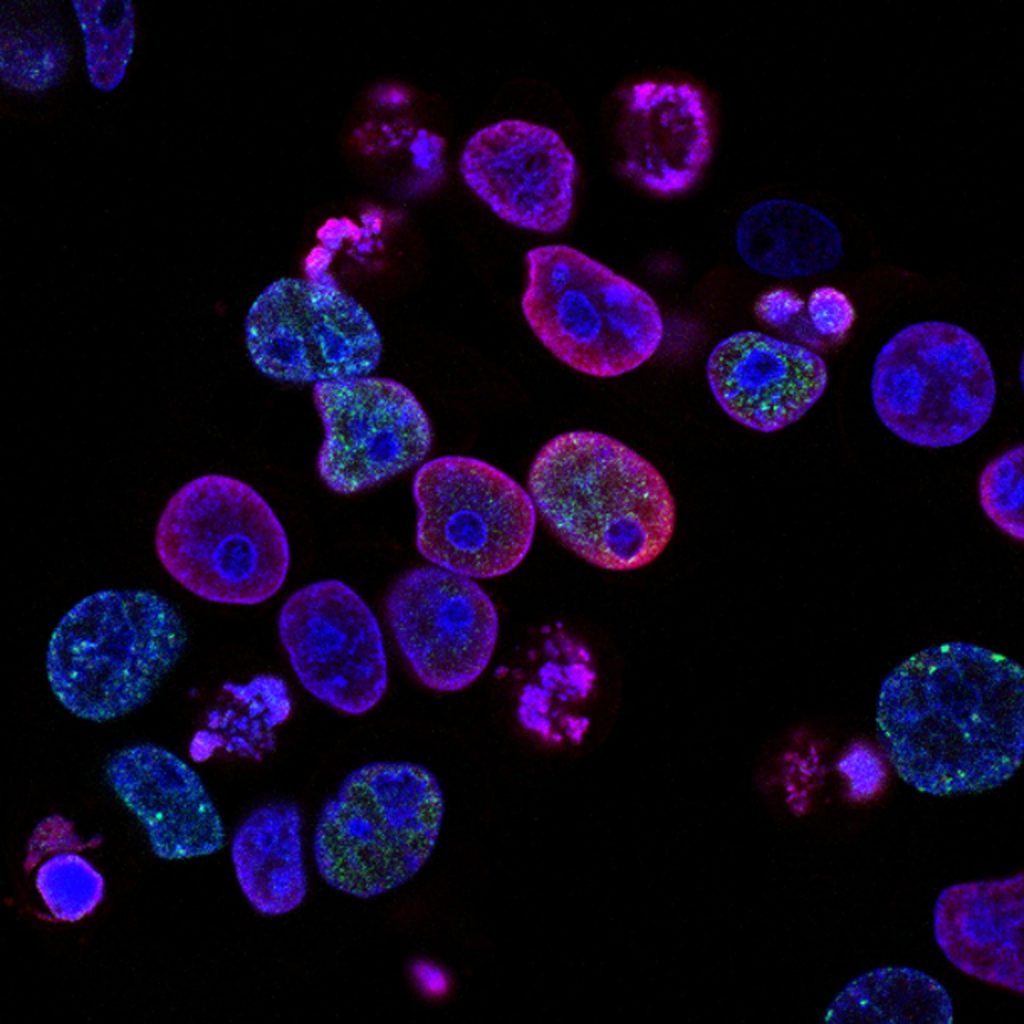An increasing number of products are being produced using bioprocessing methods. From fuel to food to pharmaceuticals, utilizing biological cells to produce items is more commonplace than most people realize. In most production schemes, cells secrete product into the growth media and must be separated from the media as the first step to obtain purified product for analysis. This task becomes particularly challenging when the volume of material drawn for analysis and the corresponding sample flow rate become very small. The Seeker is looking for innovative technologies to remove cells from solution for either a discrete packet of 50-500 microliters or a continuous flow of 50-600 microliters per minute.
This is a Reduction-to-Practice Challenge (RTP) that requires written documentation, experimental proof-of-concept data, and video evidence of operation. In lieu of a full RTP solution the Seeker may make a partial award to a Theoretical solution.
Heterogeneous solutions containing cellular material such as mammalian cells, yeast, and/or bacteria may originate in bioprocess streams or be the result of contamination. In either case it is important to be able to remove the cells and cellular material from the solution without losing solution volume. This can be quite complicated when dealing with high cell densities (>100×106 cells/cc) and very low solution volumes and/or flow rates. Under these conditions, the cellular material can plug narrow tubing and clog filters leading to the inability to sample the solution properly. The Seeker is interested in innovative new technologies that can remove cells and cellular material such as mammalian cells, yeast, bacteria, organelles, and cell membrane material while still allowing proteins and small molecules to pass. Solutions to this Challenge should work in two situations – handling a discrete packet of fluid 50-500 µL in volume, and a continuous stream of fluid flowing at 50-600 µL/min.
This is a Reduction-to-Practice (RTP) Challenge and submissions to this Challenge should include the following:
1. The detailed description of the proposed solution addressing specific Technical Requirements presented in the Detailed Description of the Challenge. This description should be accompanied by a well-articulated rationale supported by literature/patent precedents.
2. Experimental proof-of-concept data obtained as outlined in the Detailed Description of the Challenge.
The Challenge award is contingent upon theoretical evaluation and experimental validation of the submitted solutions by the Seeker.
The Seeker’s preference is for a full RTP-level solution with experimental proof-of-concept data, however, Theoretical-level solutions (without experimental proof) meeting the Technical Requirements (as determined by testing by the Seeker) will be considered for a partial award.
To receive an award, the Solvers will have to transfer to the Seeker their exclusive Intellectual Property (IP) rights to the solution.
Submissions to this Challenge must be received by 11:59 PM (US Eastern Time) on 20-Jun-2022.
Late submissions will not be considered.
What is InnoCentive?
InnoCentive is the global innovation marketplace where creative minds solve some of the world’s most important problems for cash awards up to $1 million. Commercial, governmental and humanitarian organizations engage with InnoCentive to solve problems that can impact humankind in areas ranging from the environment to medical advancements.
What is an RTP Challenge?
An InnoCentive RTP (Reduction to Practice) Challenge is a prototype that proves an idea, and is similar to an InnoCentive Theoretical Challenge in its high level of detail. However, an RTP requires the Solver to submit a validated solution, either in the form of original data or a physical sample. Also, the Seeker is allowed to test the proposed solution. For details about treatment of Intellectual Property (IP) rights, please see the Challenge Specific Agreement.

